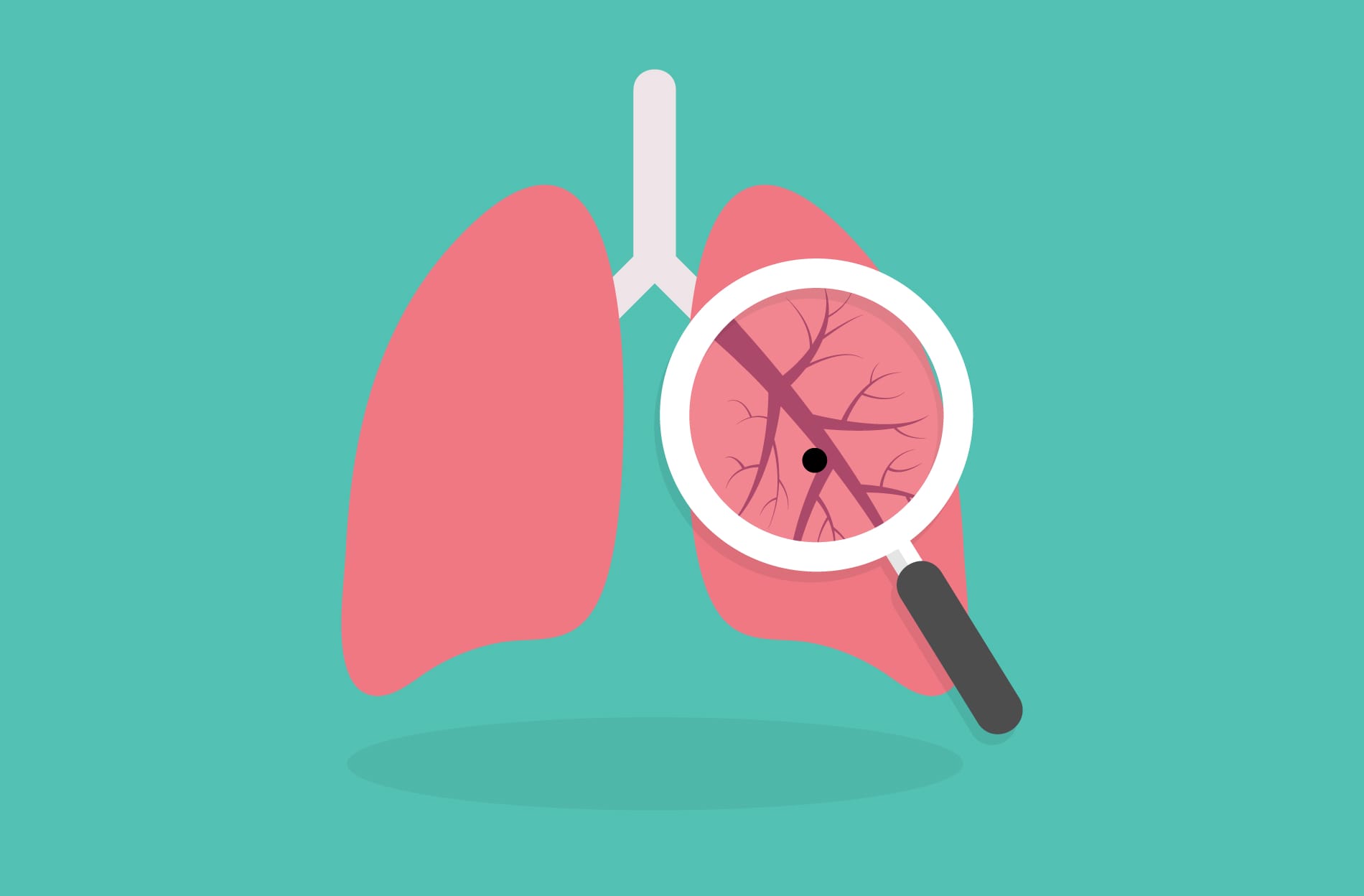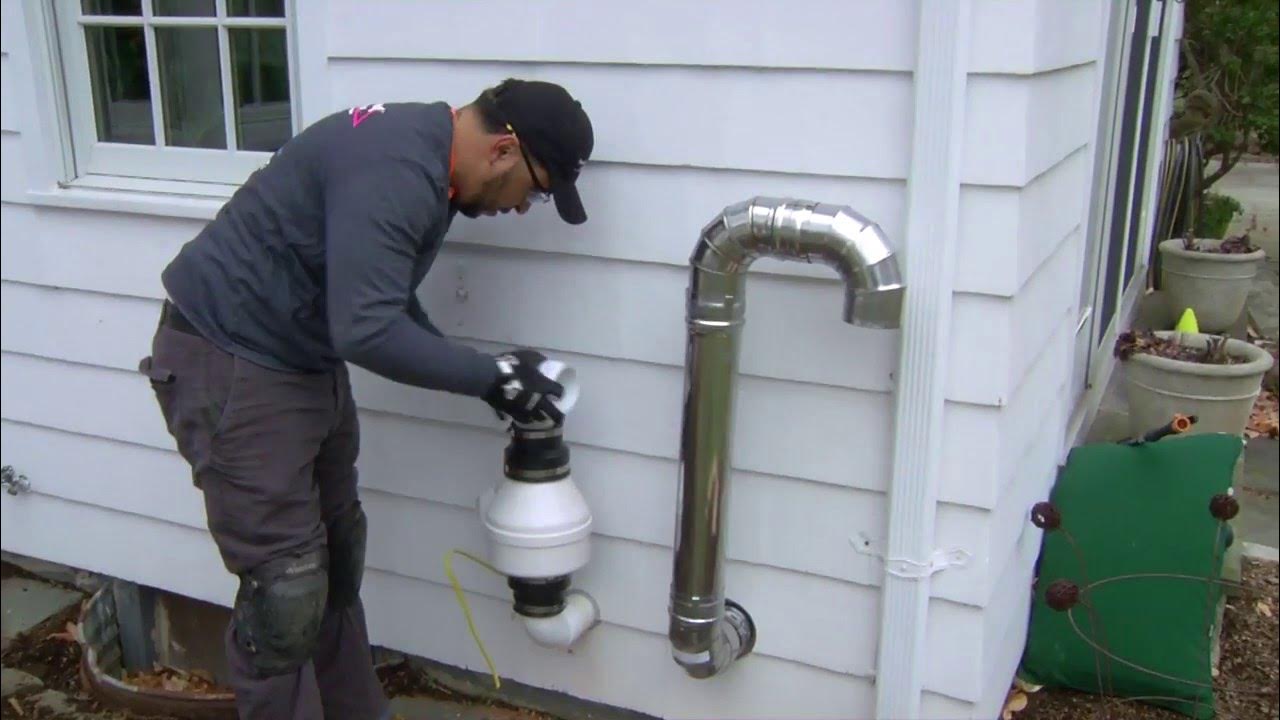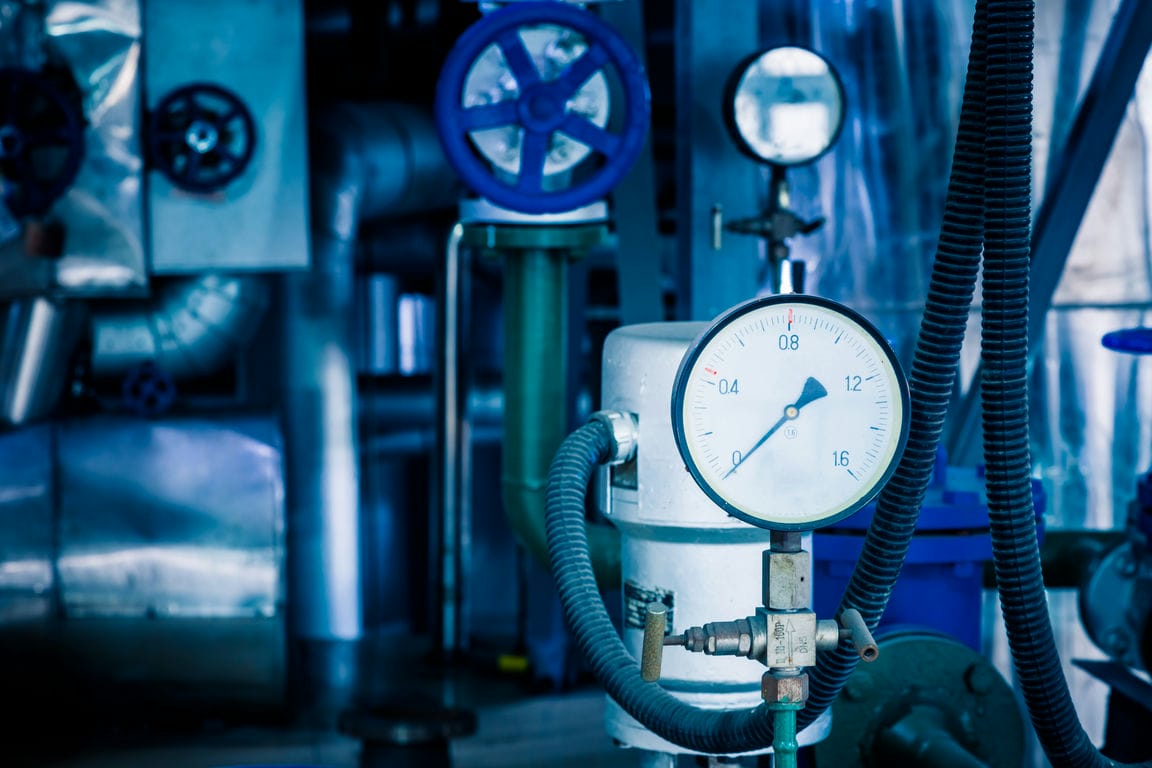Radon, a naturally occurring radioactive gas, has long been recognized as a significant health hazard. As the second leading cause of lung cancer after smoking, radon exposure is responsible for an estimated 21,000 lung cancer deaths per year in the United States alone. In response to this alarming statistic, many homeowners have turned to radon mitigation systems to reduce the levels of this dangerous gas in their homes. However, the relationship between radon mitigation and lung cancer risk is more complex than it may seem at first glance.
Table of Contents
The Importance of Radon Mitigation
Radon is a colorless, odorless gas that can seep into homes through cracks and gaps in the foundation, as well as through well water. When inhaled, radon can damage the lungs and increase the risk of lung cancer. The Environmental Protection Agency (EPA) recommends taking action to reduce radon levels in homes with concentrations above 150 Bq/m3 (4 pCi/L).
Numerous studies have shown that reducing radon levels in homes with high concentrations can significantly reduce the risk of lung cancer. A meta-analysis of 13 studies found that for every 100 Bq/m3 (2.7 pCi/L) increase in radon concentration, the risk of lung cancer increased by 16%. This risk is even higher for smokers and former smokers, who are already at an increased risk of lung cancer due to their smoking habits.
The Hormetic Effect of Radon
However, the relationship between radon exposure and lung cancer risk is not as straightforward as it may seem. Recent research has suggested that radon may have a protective “hormetic” effect against other carcinogens, such as cigarette smoke, at low-to-moderate levels.
Hormesis is a phenomenon in which a substance or agent that is harmful at high doses can be beneficial at low doses. In the case of radon, it appears that low levels of exposure may stimulate the body’s natural defenses against cancer, while high levels can overwhelm these defenses and cause harm.
A study published in the Journal of Environmental Radioactivity found that reducing radon levels below 50 Bq/m3 (1.4 pCi/L) may actually increase lung cancer risk, especially for smokers and former smokers. The researchers estimated that the optimal residential radon level for minimizing lung cancer risk is between 50-200 Bq/m3 (1.4-5.4 pCi/L), where radon provides the most protection against smoking-related lung cancers.
Balancing Risks and Benefits
These findings suggest that while radon mitigation can be an effective way to reduce lung cancer risk, it is important to strike a balance between reducing radon levels and maintaining a level of exposure that may provide some protective benefits. Comprehensive cancer control programs should prioritize radon testing and mitigation, especially in high-risk areas, but they need to be cautious about over-reducing radon levels.
One way to achieve this balance is to focus on reducing radon levels in homes with concentrations above 250 Bq/m3 (6.8 pCi/L) to near the EPA’s action level of 150 Bq/m3 (4 pCi/L). This can substantially reduce lung cancer risk, especially for smokers and former smokers, without over-reducing radon levels to the point where the protective benefits may be lost.
Another important consideration is the cost and effectiveness of radon mitigation systems. While these systems can be effective in reducing radon levels, they can also be expensive to install and maintain. It is important for homeowners to work with qualified radon mitigation professionals to ensure that their systems are installed correctly and are functioning effectively.
The Role of Radon Testing
One of the key challenges in addressing the radon problem is that many people are unaware of the risks associated with radon exposure. According to the EPA, only about one in five homes has been tested for radon, and many people are unaware of the importance of radon testing and mitigation.
To address this issue, it is important to raise awareness about the risks of radon exposure and the importance of radon testing. Healthcare providers, public health officials, and community organizations can play a key role in educating the public about radon and encouraging people to test their homes for radon.
In addition to raising awareness, it is also important to make radon testing more accessible and affordable. Many states and local governments offer radon testing programs that provide free or low-cost radon test kits to residents. These programs can help to increase the number of homes that are tested for radon and can help to identify homes that need radon mitigation.
Conclusion
Radon mitigation can be an effective way to reduce lung cancer risk, but it is important to approach it with a nuanced understanding of the relationship between radon exposure and lung cancer risk. While reducing radon levels in homes with high concentrations can substantially reduce lung cancer risk, especially for smokers and former smokers, over-reducing radon levels may actually increase lung cancer risk due to the protective hormetic effect of low-to-moderate radon exposure.
To address the radon problem effectively, it is important to raise awareness about the risks of radon exposure, encourage radon testing, and provide access to affordable radon mitigation systems. Healthcare providers, public health officials, and community organizations can play a key role in these efforts, working together to reduce the burden of lung cancer caused by radon exposure.
By taking a balanced and evidence-based approach to radon mitigation, we can help protect the health and well-being of individuals and communities across the United States and beyond.




